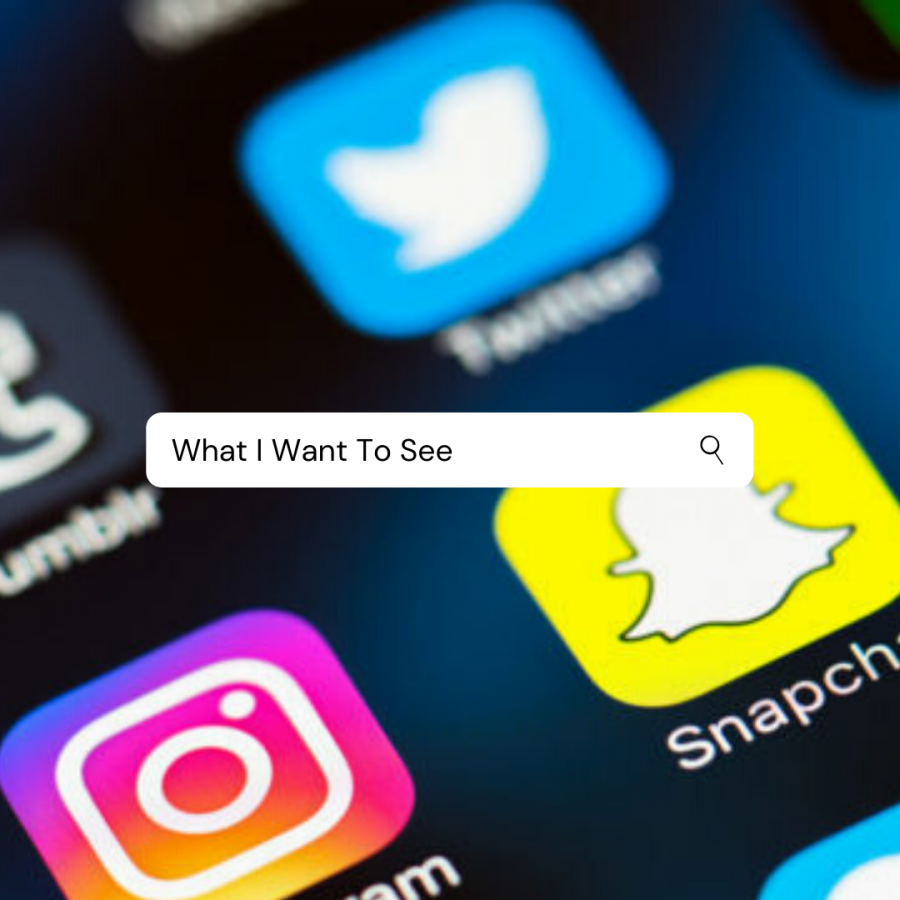Should Social Media Platforms Have Stricter Regulations on their Daily Content?
Social media platforms need to prioritize factual information rather than accommodate biased rumors.
Rumors are the language of social media; a rather effective tool if a disorderly nation is the intended outcome. Most people don’t even realize it, but hundreds of tweets, posts, and videos are released online in a daily wave of propaganda or misinformation.
What starts off as a simple hate comment could transform into a roaring tide of discord among the actions of the people. The mind-altering influence of various social media platforms have proven to cause catastrophic events including shootings and violence against minorities.
A 2015 church shooting at Charleston, South Carolina was essentially the effect of online propaganda that was focused towards white supremacy. 22 year old Dylan Roof entered the Emanuel African Methodist Episcopal Church on the evening of June 17, and massacred nine African Americans with his gun.
But what type of propaganda could possibly prompt this devastating hate crime? It was later revealed that Roof had underwent a “self-learning” process on an online forum where he absorbed manifesto upon manifesto promoting violence in support of white supremacy.
This extremist ideology invoked confidence in the use of violence, aimed to inspire others to do the same, and sought to hook in radical individuals such as Dylan Roof.
Of course, we have the luxury of reporting whichever comment we deem offensive, but what exactly happens after the click of the finger?
Behind the protective surface of a screen, individuals promoting hate crimes have the time to bring in supporters at their own leisure. Conspiracies bloom like wildflowers from the result of one, single hit tweet.
With colossal platforms like Twitter or Facebook, there’s very little concern for fact-checking before the content reaches the eyes of thousands of users.
The 2020 presidential election could be described as the golden pot of conspiracy theories, with furious individuals devising almost ludicrous conspiracies to supplement for their loss.
A video depicting Pennsylvania ballot counters transcribing damaged ballots immediately reached one million views on Twitter. Angry pro-Trump supporters hastily spread this video across multiple accounts, claiming that election workers were stamping clean ballots as received, but then filled them in, proving the existence of voter fraud.
Upon further inspection, the election worker was merely transcribing votes from damaged ballots to clean ballots, undermining the earlier claims of voter fraud.
However, that one video and its attached claims received thousands of likes and retweets, meaning that thousands of people were willing to believe the opinion of that one individual.
The circulation of misleading media such as photos and videos are especially dangerous to the integrity of the target and the social media used.
Tampering with a video or photot is definitely not a hard task with free media editing apps made available to millions of people with a phone. This includes the ability to insert falsified or misleading audio clips into an innocent video to garner malicious intent towards the subject matter.
But behind all this, there is a grey area. Is it truly feasible for these companies to constantly monitor the millions of users on a daily basis? The amount of people with questionable morals don’t make up the majority, but is definitely not a small number either.
With 134 million active Twitter users posting content daily, there are more than 500 million tweets per day as of May, 2020.
Xenophobia, racism, and prejudice exist in too many people for a single company to completely control.
There’s also the complication of the First Amendment, which prohibits any violation of the freedom of speech. Fundamentally, users on on social media retain that right to voice their opinions on their personal page, apparently as long as enough people are present to defend that opinion.
Social media was created for human interaction, and realistically speaking, human beings have a lust for political theatrics. It’s riveting, tense, and gives users hundreds of topics to debate about and utilize to their own advantage. Those who provide fake news would just hop onto another platform if they were restricted on the last social media platform.
In this day and age, countless forums, websites, and social media platforms are being created, which gives people an unlimited amount of freedom to spread malicious content around the world.
So while social media has a dark side that humanity has just trapped itself into, there’s no easy solution to prevent the negative influences of social media either.



